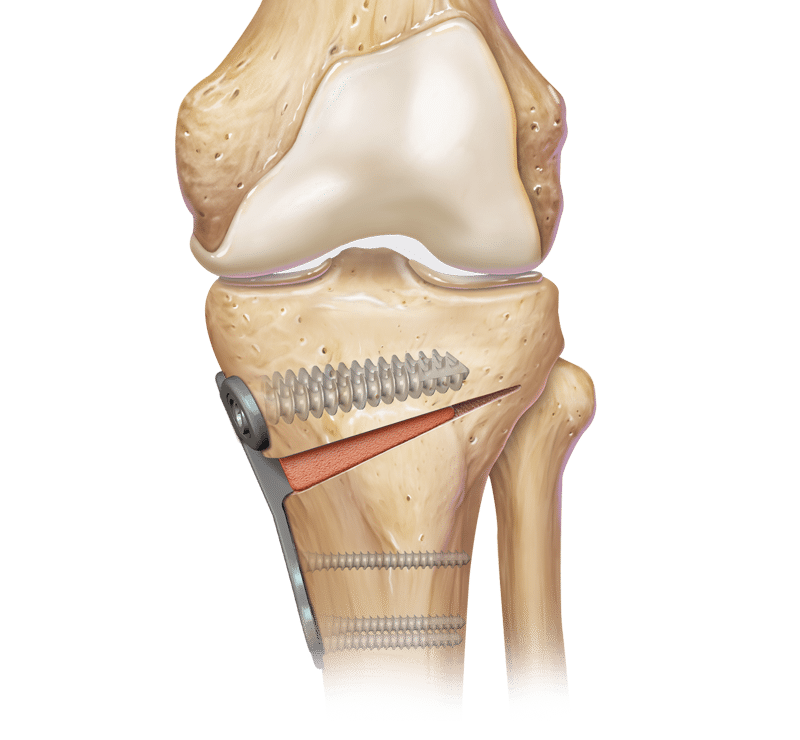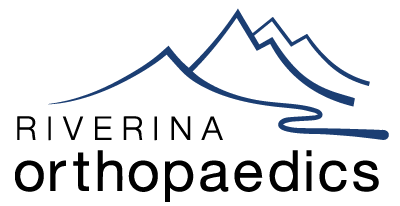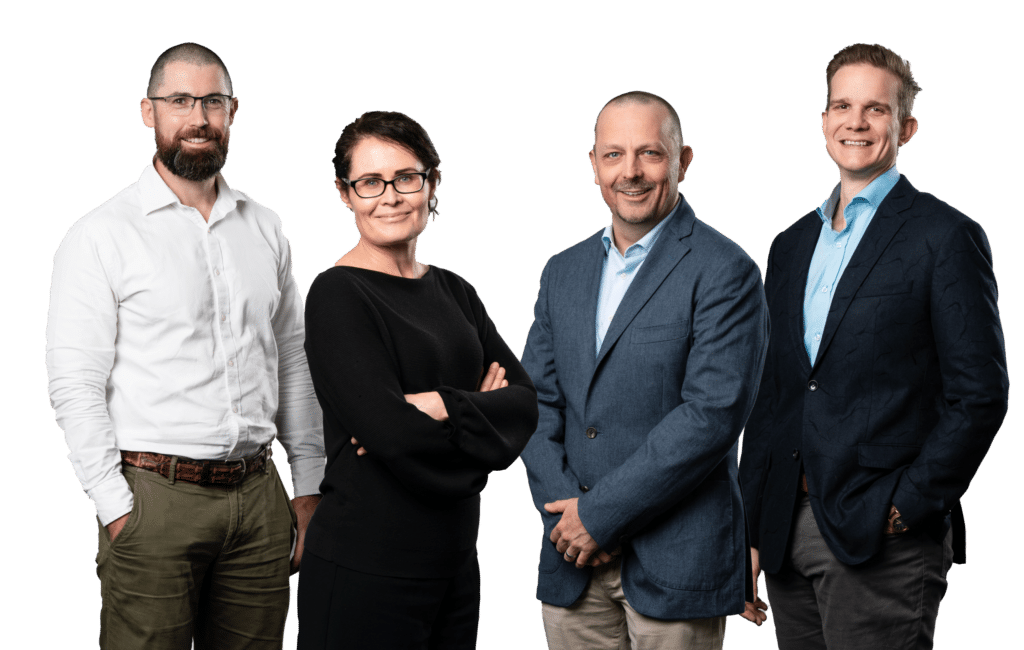Osteotomy is an effective surgery for the treatment of knee malalignment with associated pain and stiffness from arthritis in young and middle-aged active patients. It is possible when the arthritis only affects one side of your knee joint and the knee is otherwise stable. It is less successful in inflammatory arthritis, increased severity of arthritis, decreased range of movement (<90 knee flexion and flexion contraction >10). The goal of an osteotomy is to relieve knee pain and slow arthritis progression by redistributing the weight bearing force onto the less affected side of your knee joint.

Frequently Asked Questions
How long will I be in hospital?
You will usually stay overnight and be discharged the following day to ensure you are mobilizing safely and pain is manageable with tablet medications.
Will I be able to weight bear after surgery?
In the first 6 weeks after surgery you will be protected weight bearing with crutches. Depending on the correction required and the hardware used a brace may also be required.
After the first 6 weeks you will be able to progress with activity using pain, welling and warmth over the osteotomy as a guide.
What physiotherapy will be needed postoperatively?
- In the first 2 weeks the goal will be on pain management, swelling control and range of movement.
- From 2-6 weeks the focus will be on strengthening and progressing movement.
- After 6 weeks will proceed with gait retraining, balance and proprioception and return to activity.
How long will it last?
The goal of the osteotomy is long term improvement in pain and function but the arthritis can continue to progress in the worn side of the knee or develop in the newly loaded side. Overall about half of patients require conversion to a total knee replacement at 10-15 years after surgery.
When can I return to sport / physical activity?
Complete recovery after osteotomy with pain0-free return to full activity can take up to 6 months or longer.
What are the risks?
As with any invasive surgery there are risks, however these vary based on your physical fitness and medical conditions so will be explained by your surgeon during your consultation.
How do i prepare for surgery?
- Keep physically active with low impact exercises that does not exacerbate your pain
- Make any modifications to your home you need to manage after surgery and arrange a friend of family member to help in your early recovery once you return home.
- Smoking increases the risk of surgical and anaesthetic complications and impairs healing. Because healing an osteotomy requires good blood supply to the bone you will need to stop smoking prior to surgery because of the risk of the bone not healing.
- If you have diabetes ensure you optimise your control with your GP to minimise your risk of infection and wound healing problems.
- Ensure you do not have any abrasions or infections, especially on your operative leg. If you have a skin problem prior to surgery contact your surgeon.
This page is a brief overview and not designed to be all-inclusive. If you have any further queries, please contact us.




